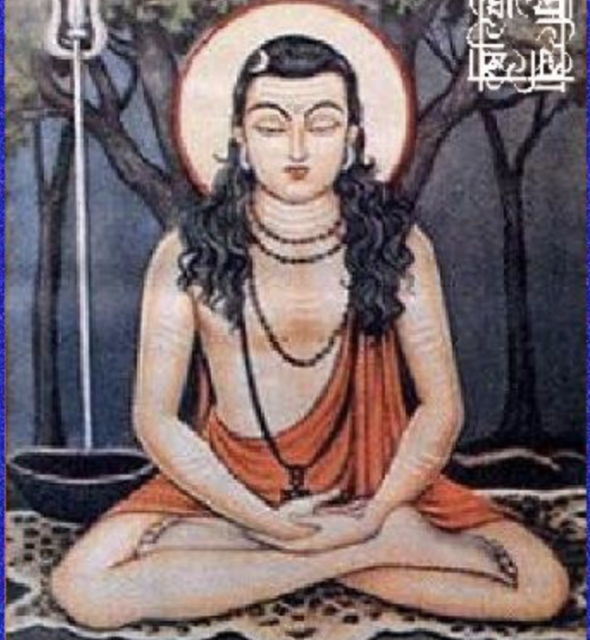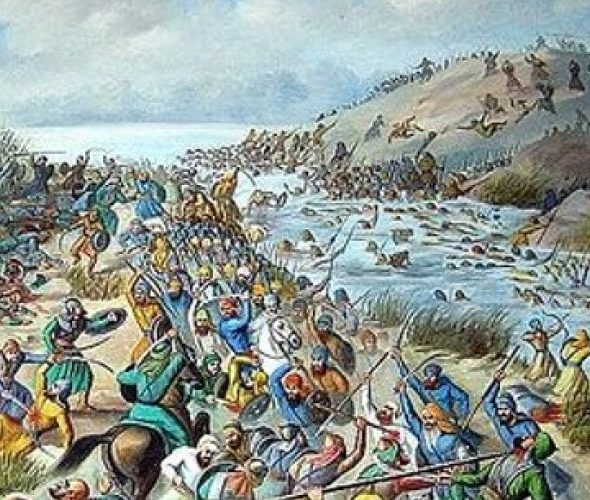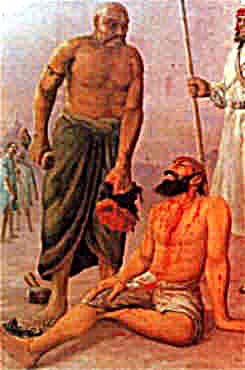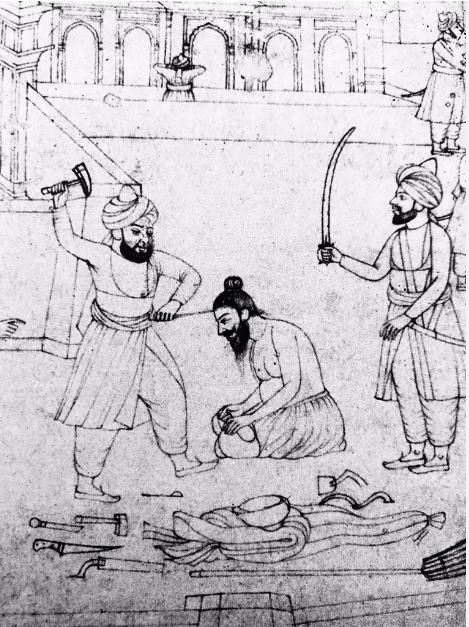
AI PANTH, one of the twelve sects of yogis, whose adherents worship Ai Bhavani, a tribal female deity, believed to be an extension of Sakti. Siva in the form of ardhanarisvara is said to have two forms represented by his own halves. His right side is the male whose followers are called daksinacharis, whereas his left portion represents the female known as Sakti, the basic power also called Amba, Durga, Kali or Bhavani. Worshippers of the female aspect of Siva are called vamamargis, known for their peculiar beliefs and customs. They accept no taboos in the matter of food and accord religious sanction to sexual freedom.
ALI SINGH (d. 1716), a native of the village of Salaudi, near Sirhind, was in the service of Wazir Khan, the Mughal faujdar of Sirhind. According to Ratan Singh Bharigu, Prachin Panth Prakash, Wazir Khan, on learning of Banda Singh\'s advance from the South towards the Punjab under the orders of Guru Gobind Singh, called Ali Singh to his presence and taunted him with the remark that another Guru of theirs had appeared and that he should join him and bring him to Sirhind to be despatched after the previous Guru\'s sons.

CHHOTA GHALLUGHARA, lit. minor holocaust or carnage, as distinguished from Vadda Ghallughara (q.v.) or major massacre, is how Sikh chronicles refer to a bloody action during the severe campaign of persecution launched by the Mughal government at Lahore against the Sikhs in 1746. Early in that year, Jaspat Rai, the faiydar of Eminabad, 55 km north of Lahore, was killed in an encounter with a roving band of Sikhs. Jaspat Rai\'s brother, Lakhpat Rai, who was a diwan or revenue minister at Lahore, vowed revenge declaring that he would not put on his head dress nor claim himself to be a Khatri, to which caste he belonged, until he had scourged the entire Sikh Panth out of existence.
- 1
- 2









